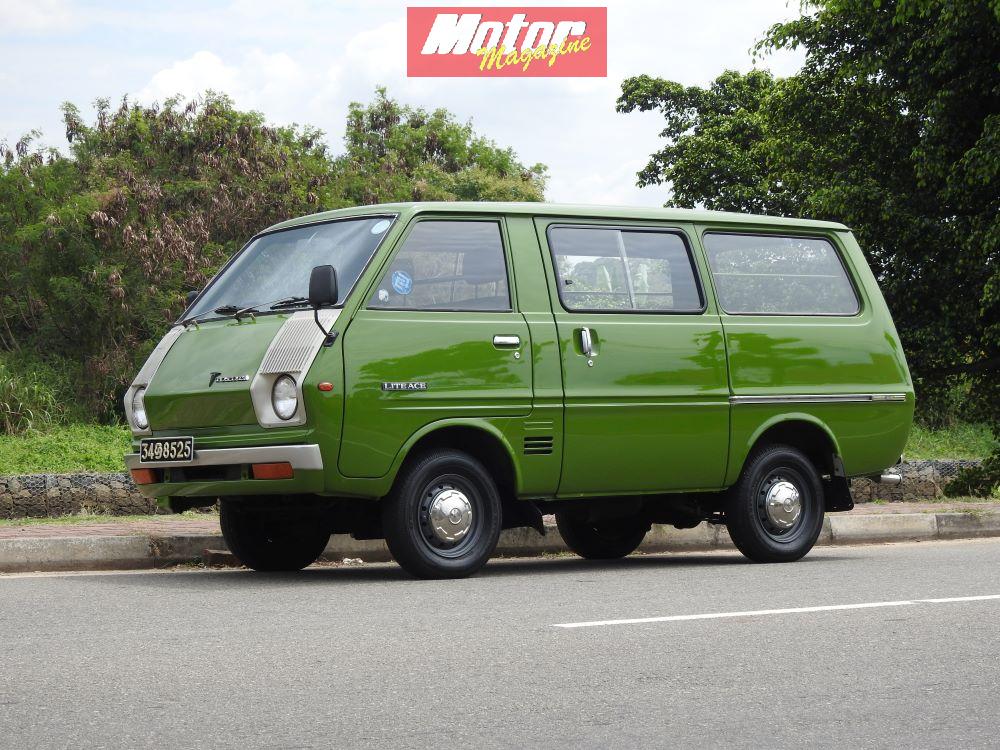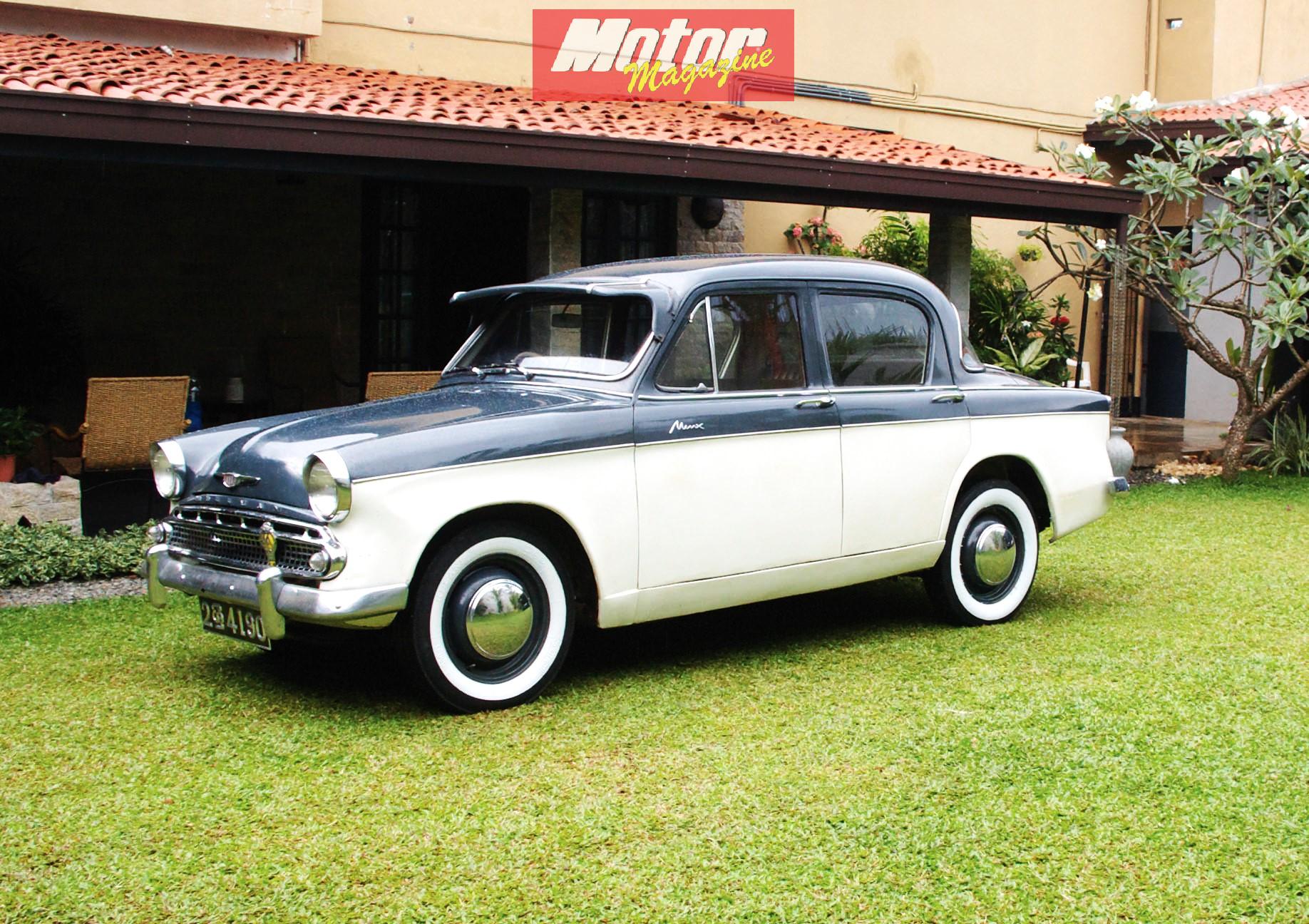
Do you think the first owner of this van ever imagined that it would live for forty-seven years? As he or she took over the brand-new keys from the smiling salesperson, I highly doubt that expectations of such longevity were at the forefront of their mind. Yet, here we are, forty-seven years later, checking out this LiteAce and marvelling at how pristine it looks.

Owned by Raveen Seneviratne, this curio caught his eye some time back and he purchased it. An unconventional choice for a gent whose garage includes a Mazda RX7, some JZ-swapped JDM goodness, and a few other classics. Yet here it is, a LiteAce van in all its green glory.

Raveen tells me that when he acquired this van, it was in stunningly good condition for a vehicle that many would consider no more than a workhorse. The body condition was reasonable, and only required some paint work. Then, the carburettor was tuned up and the brake system was refurbished. And that’s how you see it today. Raveen says that he’s driven the van to Matara, and Ella. He’s amazed at the smooth ride, and how it’s easy to drive, even though it doesn’t have power steering or power brakes.

This 1977 LiteAce is from the first generation of the nameplate, that debuted in 1970, called the M10 series. Available as a van or a truck, this particular example comes with two rows of seating (up to you could also have three, or just one). This van also has a single sliding door on the passenger side – some variants did sport a second sliding door on the driver’s side as well.
Statistics tell me that this van sits approximately 3.9 metres in length, and 1.6 metres in width. It rolls on tiny 13-inch wheels, and is just 1.75 metres tall. Yet, statistics also tell me that the van is rated to carry up to 750 kilograms of cargo when not equipped with second and third rows of seats. Indeed, its interior space is quite generous.
Powering this survivor is a 1200 cc 4-cylinder 3K engine that was rated for around 67hp and 69lb-ft when new. Of course we can’t expect it to produce the same figures now, but it’s surprisingly sprightly, I’m told. Of course, the van’s light weight helps… a lot. As you’d expect, the engine sits beneath the front seats, installed longitudinally. It drives the rear wheels via a 4-speed column-shifted manual gearbox.
Inside the cabin, you’ll note the light and airy experience, thanks to thin pillars and plenty of glass. However, there’s no air conditioning, so things can get quite hot unless you open a window. Raveen has kept the van period correct, so even the radio is a push-button AM unit. Opening the rear cargo door reveals a similarly clean outlook, as well as showcases how such upward-opening doors were kept up in the pre-gas strut era.
This van has been seen at a few of the Sunday Runs where it garners much attention. Most marvel at how meticulous it looks, especially given that vans don’t usually get much love.
So, if you’ve got an old van somewhere, you might just
have yourself a future classic. Hang on to it, maybe even restore it.













